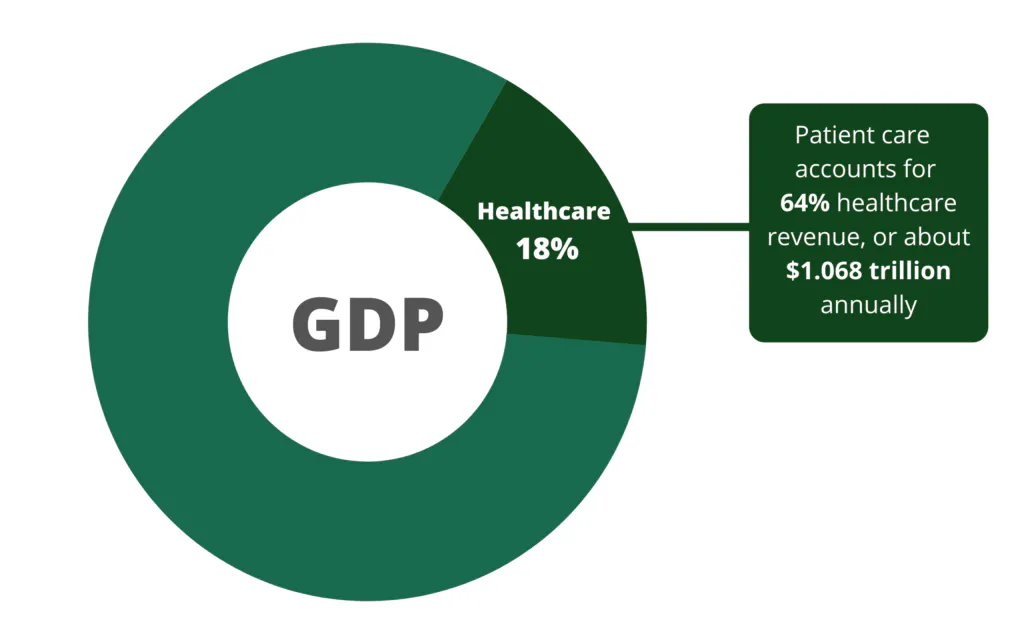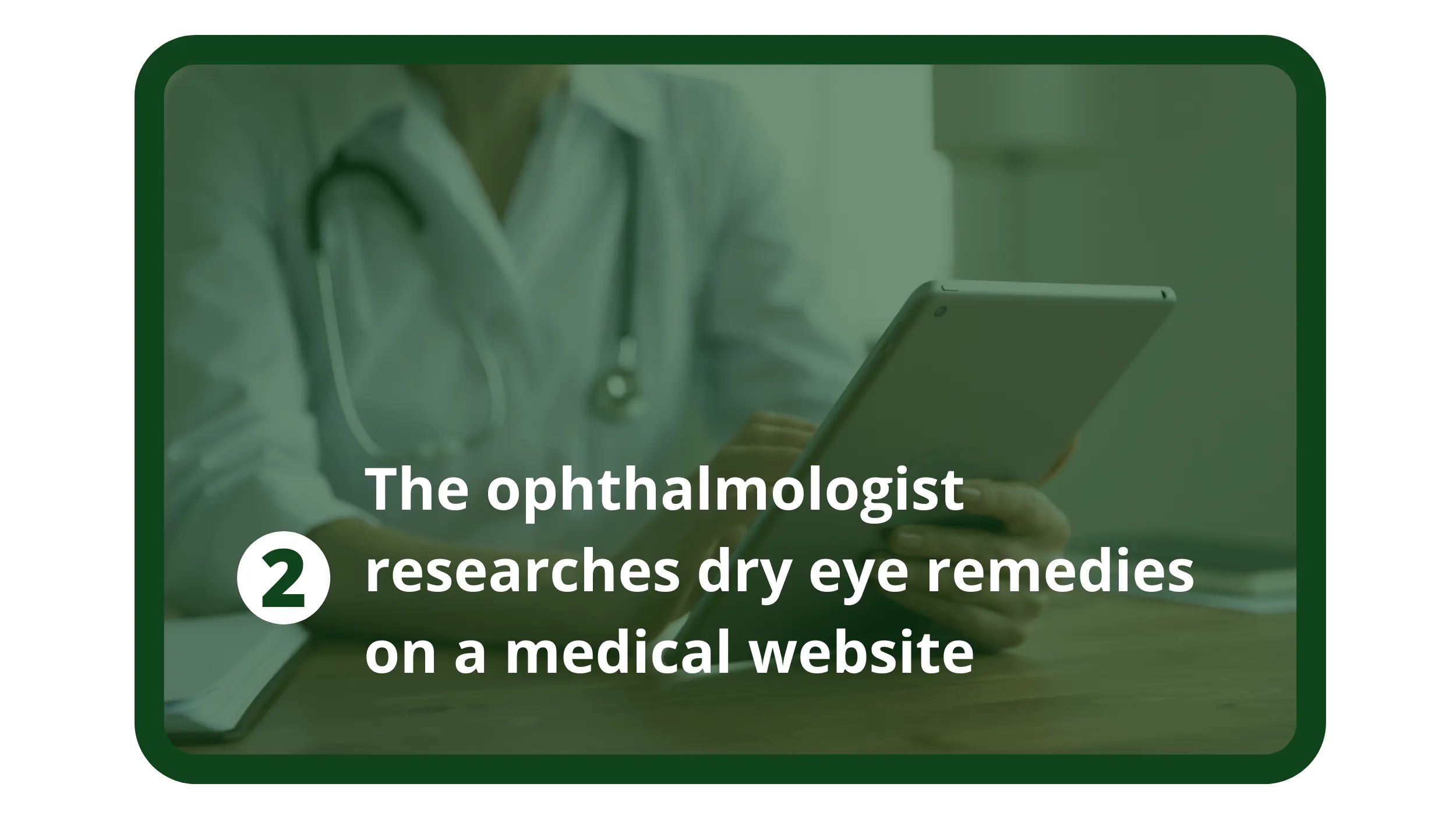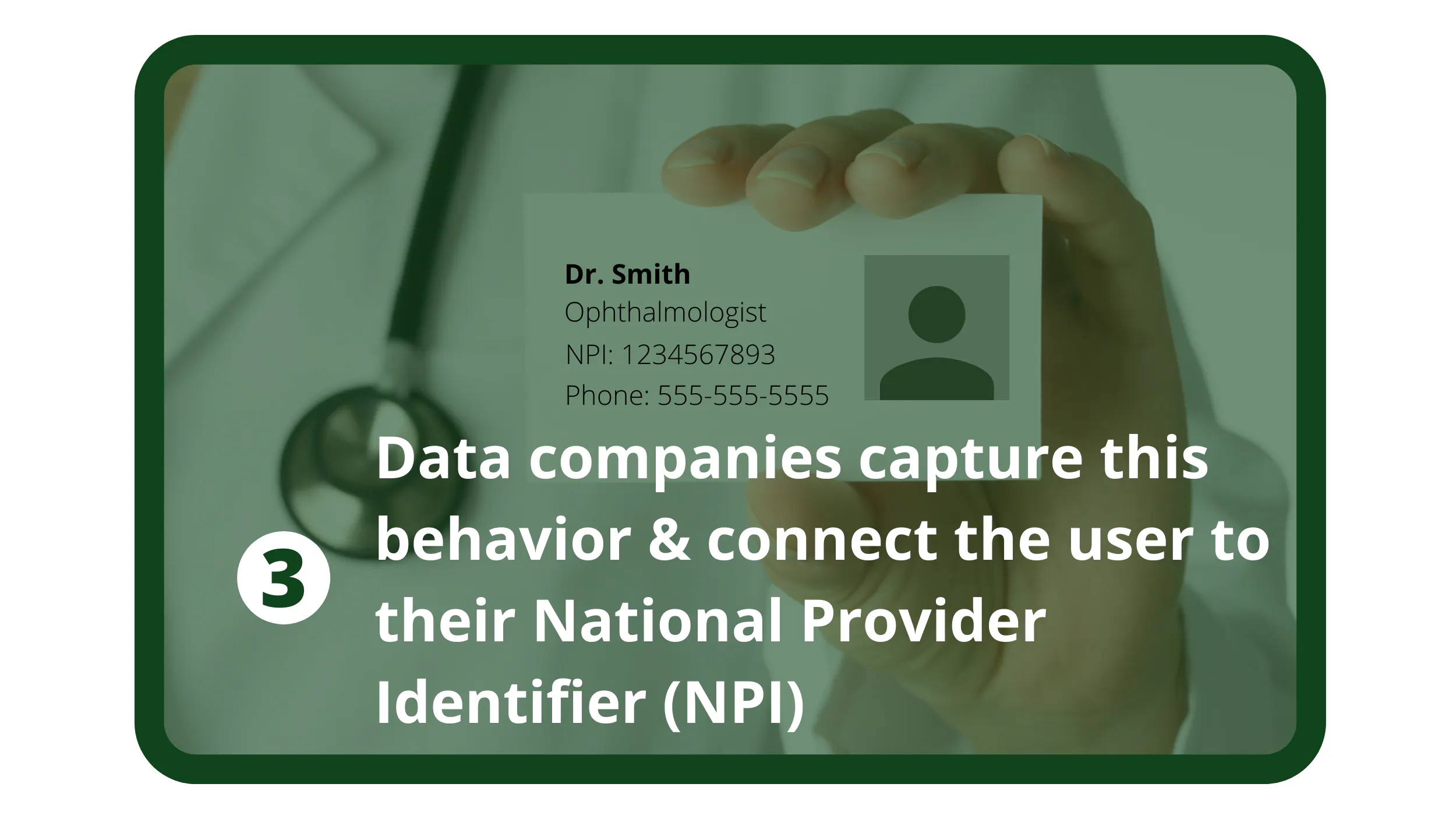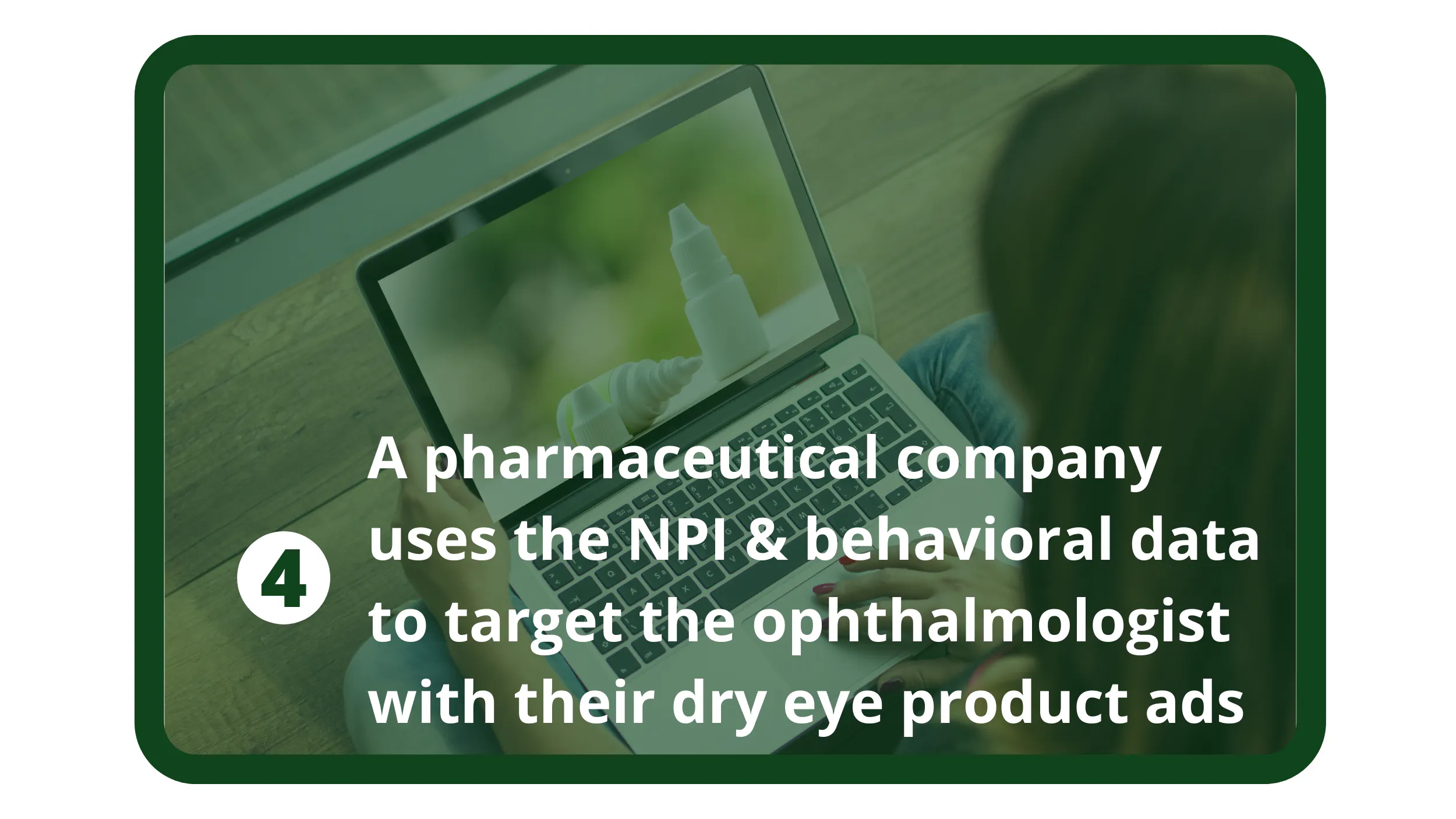Introduction
This blog post delves into the ways that pharmaceutical companies, medical device manufacturers and other healthcare marketers can leverage behavioral data to target specific healthcare providers (HCPs). It’s important to note that ShareThis respects all consumer and physician privacy rights. We also maintain strict adherence to the NAI code of conduct, which is “a set of self-regulatory principles that require NAI member companies to provide notice and choice with respect to Interest-Based Advertising (IBA), Cross-App Advertising (CAA), and Retargeting (collectively, Tailored Advertising) as well as Ad Delivery and Reporting (ADR) activities.”
Why is it important to emphasize our adherence to privacy regulations? Healthcare data is one of the most protected classes of data in the U.S. In 1996, Congress passed the Health Insurance Portability and Accountability Act (HIPAA), which created national standards to protect sensitive patient health information from being disclosed without the patient’s consent or knowledge.
By law, all health information is deemed “protected health information” and is subject to HIPPA’s Privacy Rule, which grants every consumer the right to understand and control how their health information is used and shared.
The penalties for HIPAA noncompliance are steep, ranging from $100 to $50,000 per individual violation. Additionally, violations can result in jail time for the people who are responsible for them.
Why Market to Healthcare?
In Part 1, we divulged the biggest (and perhaps most obvious) reason: size. Healthcare makes up 18% of the U.S. economy GDP, with patient care accounting for 64% of healthcare revenue, or about $1.068 trillion annually.
Advertising is table stakes in an industry of this size but it’s not only advantageous for the pharmaceutical companies. Ideally, it serves as a win-win—not just for consumers conducting their own online research, but also for the nonprofits, pharmacies and healthcare providers (HCPs).
The key is understanding how to reach these HCPs in fully privacy compliant ways. It means targeting them by specialty (e.g. announcing a new beta blocker to cardiologists) and as they actively research new therapies on medical sites.
The Lay of the Healthcare Land
The healthcare industry is full of acronyms which are important to know, especially as you begin to plan your advertising campaign and set goals for success. The important ones include:
| NRx | New prescriptions written |
| TRx | Total prescriptions written (NRx + Refills) |
| NPI | National Provider Identifiers, a unique 10-digit identification number issued to health care providers in the United States by the Centers for Medicare and Medicaid Services |
| HCP | Healthcare provider, a generic term that covers physicians and other diagnosers/prescribers of medications/treatment |
| HIPAA | The Health Insurance Portability and Accountability Act (HIPAA) of 1996. This is a major piece of legislation that protects sensitive patient health information from being disclosed without the patient’s consent or knowledge, among other things. |
With that, let’s dig in!
Deeper Insights and More Accuracy Using Real-Time Behavioral Data
Real-time behavioral data is useful in reaching HCPs in a couple of use cases, including marketing a new device or therapy to them as well as influencing the prescriptions that they write. Real-time behavioral data is especially critical to pharmaceutical companies and medical device manufacturers because it allows them to:
- Gain deeper understandings of existing and potential customers
- Optimize their sales funnel, including the upper funnel
- Boost campaign results
- Apply third-party market data for richer insights
Pharmaceutical Marketing
As discussed in Part 1, new therapies and drugs do not hit the shelves overnight. They can take ten years or more—and sometimes tens of millions of dollars—to conduct the necessary research, clinical trials, and finally FDA approval before they get a chance to get the word out. Then, there is a relatively short window of opportunity (ten years max) to make a splash and recoup expenses.
So, in addition to targeting consumers, pharma also needs the support of HCPs.
Let’s use the same example from Part 1—the new therapy for dry eyes. In this scenario, the company will want to get the attention of ophthalmologists as quickly as possible with the goal of raising awareness of the new therapy, educating ophthalmologists and encouraging them to write prescriptions (NRx).
To reach these ophthalmologists, the pharmaceutical company can purchase real-time behavioral data to target physicians researching dry-eye therapies. More broadly, the pharmaceutical company can obtain this data from any number of privacy-compliant data companies who specialize in healthcare data by buying a list of NPIs of ophthalmologists and target them with an awareness message.
Let’s see it in action.
Targeting HCP/Physician Based on Behavioral Data
The pharmaceutical company wants to target specific HCPs with a message about a new product or therapy. Modern data companies can help the company target HCPs by speciality (ophthalmology, family medicine, etc.).
Moreover, HCP targeting data can be combined with real-time behavioral data in order to reach HCPs as they engage in relevant content. For instance, ShareThis receives consented behavioral data from over 20,000 medical websites. The feed is filtered so that it only includes events (or actions a user takes on the website) associated with HCPs.
So how do data companies enable targeting of specific HCPs? Every healthcare provider is assigned a unique National Provider Identifier (NPI), which can be stored as a form of ID, as long as the provider gives consent to use and store for marketing purposes. This database of NPIs allows marketers to target specific HCPs with awareness messages based on their medical speciality, along with behaviors on medical domains.
Let’s say Jenny, a woman who suffers from dry eyes, made an appointment with her ophthalmologist, Dr. Smith, because she wants a prescription for the new dry-eyes therapy she read about on the pharmaceutical company’s website. Dr. Smith knows the therapy is new, and wants to ensure Jenny is a good candidate for the new treatment before she prescribes it to her, so she hops on to health.gov to research it. Based on Dr. Smith’s behavioral data, the pharmaceutical company can target her with a message about the new therapy, and encourage her to write a prescription.
Optimizing with Analytics
Given the cost of their investments, and the short window of opportunity before generic versions of the therapy come to market, the pharmaceutical company will be keen to run super smart, date-driven campaigns. That means detailed insights and analytics:
- Did this specific HCP see my ad?
- Did that ad view lead to a NRx?
- What percentage of the target consumer base (e.g. consumers suffering from dry eyes) are we reaching?
- How many of them received a prescription for our new dry-eye therapy?
- Of those, how many actually filled their prescriptions?
- Of those who did not fill their prescriptions, can we target them with a reminder to do so?
The market can answer these questions due to the rise of modern solutions that leverage analytics and large-scale datasets in a privacy-safe way.
For instance, data companies offer ID graphs that map NPIs to email addresses and IP addresses to enable omnichannel marketing. By leveraging ID graphs, healthcare marketers can reach the NPIs on their target list across multiple channels. Note, NPIs are not proxied users, they are deterministic, meaning we know it represents a real physician or HCP, even if we don’t know exactly who that physician is.
ID graphs also allow marketers to match impressions back to specific NPI, enabling them to assess the impact of an ad on a future behavior. Some data companies even provide detailed reports that correlate ad exposure to real life behaviors, such as new prescriptions written, total prescriptions written, and prescriptions dispensed, rejected, reversed, and brand switch.
Helping People Help People
Healthcare advertising is a complex business. Period. While it’s likely not going to get simpler, new data and technology can facilitate a more efficient way to connect the dots and reach the right people at the right moment and in a privacy-compliant way. With the ability to unite the right healthcare providers with the right therapies, advertising can play a small problem-solving role in the well being of our nation.









